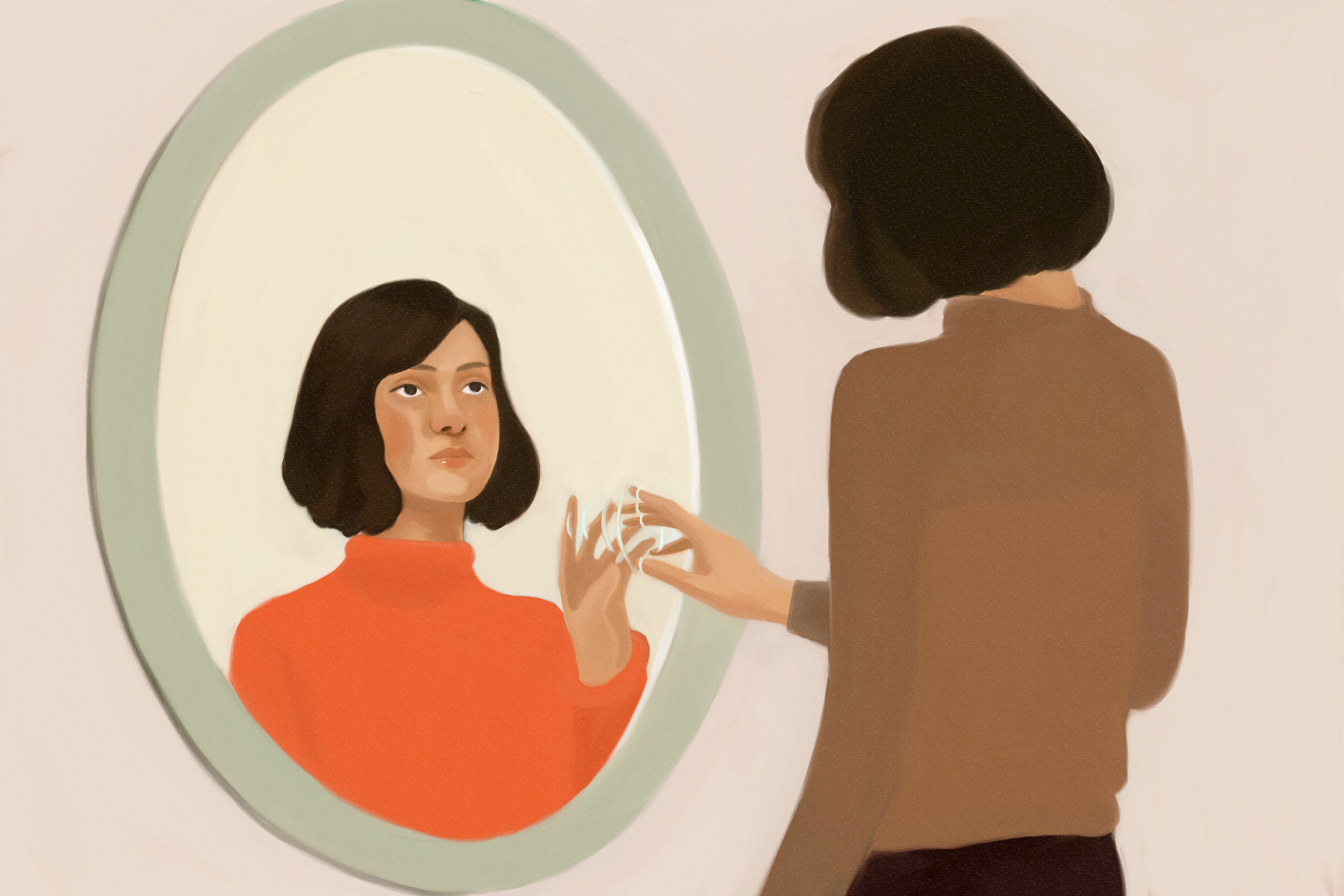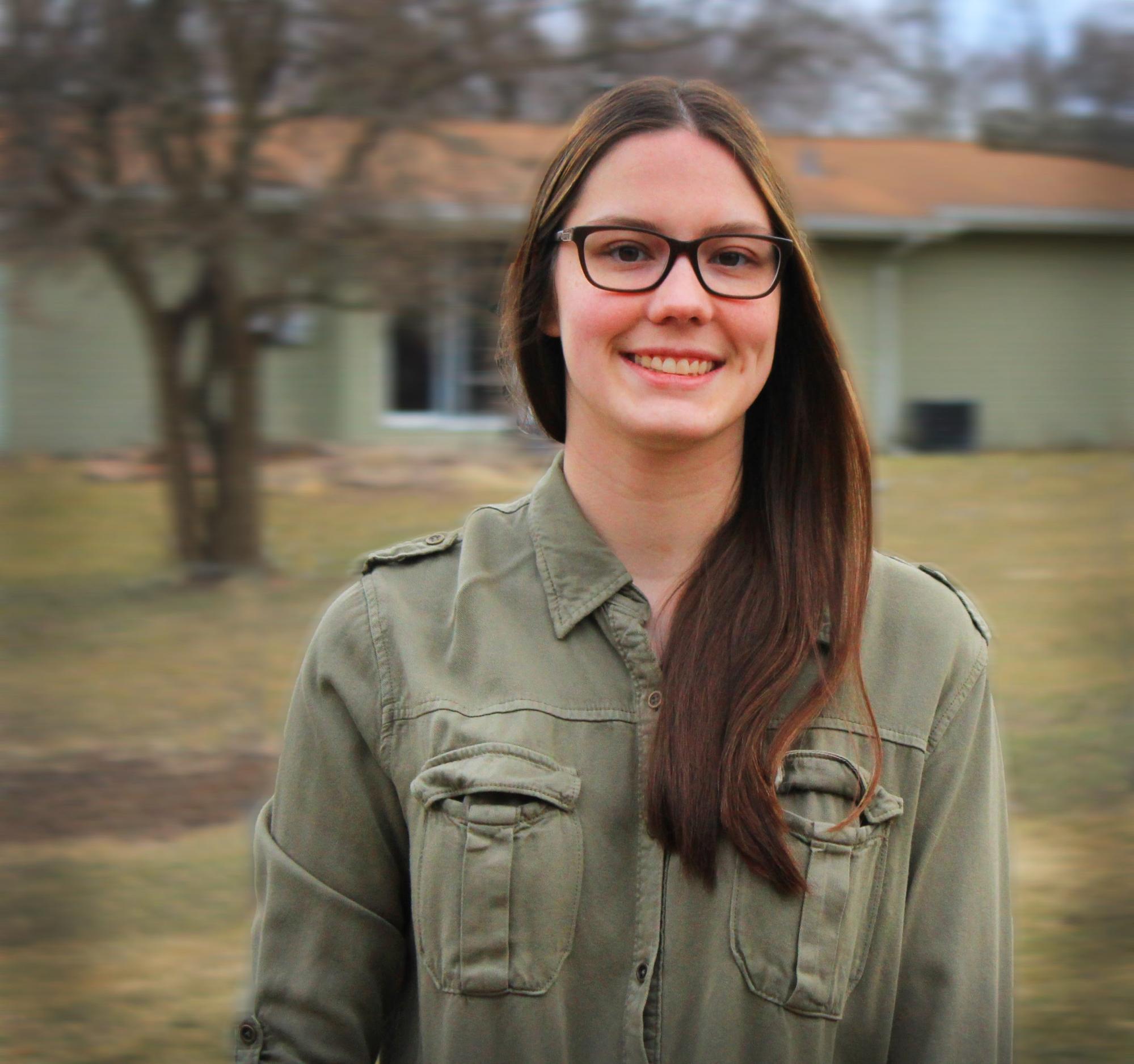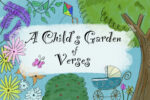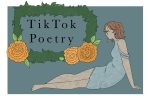Reminiscing on memories, both good and bad, is something everyone does, whether it’s to remember the good times with a loved one or learn from past mistakes. What would happen if you could reflect more deeply on those times and even think about ones you might have forgotten? You now can by reading “Date & Time” by Phil Kaye as he takes you on a journey into his own past, present and future, which, in some respects, will remind you of your own life.
Kaye has been writing and performing poetry since he was 17, presenting TED talks and participating in contests, including the National Poetry Slam. His first poetry collection was published in 2011, so it’s been a while since the last time his fans have read his poetry in print. Published this year, “Date & Time” acts as a memoir of Kaye’s life, expressing times of his childhood, teenage years and adulthood. The account of life experiences will bring readers to jump back in time to when they were younger, and for the younger readers, it will give them a flash of the future.
Within one particular poem in the collection, Kaye repeats the line, “Every great story has a beginning, middle and end – not necessarily in that order,” which comes from a quote he notes in the beginning of the book by Jean-Luc Godard. It’s important to remember while reading Kaye’s poems that the events he experienced do not always have to be in the particular order that they occurred; in life, everyone does things at different times and not necessarily in a specific order. Kaye wants readers to keep this in mind as they read his poems but also as they experience events in their own life. For that reason, the poems are divided into three chapters that are out of order (end, beginning and middle), and the poems in each chapter don’t have any relation to the corresponding one.
All poems are relatable to people in different ways, and some aren’t relevant at all. In Kaye’s book, the ones that stand out as the best flashbacks are those in the “Middle” chapter that take you back to some of the good old days, more so than the other chapters. Generally, it’s by far one of the best times in anyone’s life, the time people wish they could go back to. No worries or responsibilities stuck out when you were a kid.
I’m sure that you also experienced some of the times Kaye had during the young years. In one poem, titled “Yellow Bouquet,” you’d expect to read about flowers and love, but instead, you’ll read about Kaye’s comparison of a yellow bouquet to “tickets, brazen yellow like gold, earned through arcade games.” Have you ever read a poem about playing arcade games? I sure haven’t until now, and it brings back some great memories.
Another poem that will bring you back in time is “Sick Day,” where Kaye combines two short poems about sick days: one from 1998 and the other from 2018. You’ll wish you were staying home from school while you were “sick,” having a “Mom at work day. Third Eye Blind through living room speakers day.”
Unfortunately, not all things are fun and games as a kid, though people might focus on that the most. Kaye mentioned a serious topic in his poem “Ferris Wheel,” noting his age as 11 and asking his friend, “Have you ever thought about suicide?” It can be unbelievable to think someone that young would think of such a dark subject, but it is possible and should not be taken lightly, which I believe is the message from this poem.
Another occurrence people experience in their lives — some, like Kaye, at a young age — is the death of a loved one. He writes about the times he spent with his grandmother, which will have you smiling at the times you’ve had with yours and possibly still do. The fun times slowly deteriorate in Kaye’s life and in the poem, maybe in your life as well, but Kaye doesn’t forget to reminisce on the fun they had together, and neither will you when you’re reading.
my book came out today.
I woke up & showered & saw that it was raining & put on this new good sweater & took this photo while holding my actual real printed book & it all feels pretty surreal.
you can buy it now (!!!) at https://t.co/wC1VZtpKuU or wherever you get books pic.twitter.com/cNKhUfRZnZ— Phil Kaye (@phil_kaye) September 18, 2018
Within the chapter “Beginning,” you’ll be thrown into a time with your childhood best friend in the poem, “Before the Internet,” where you sit on the couch asking each other what you want to do. You’ve done everything you can imagine doing, so you make up your own game in the end, just as Kaye and his friend Ben did. Of course, someone always ended up getting hurt, didn’t they? It was just part of the fun, though.
The memories of old friendships don’t stop at that poem but continue on in “Apparition” when Kaye remembers Jonathon, “my friend from the time before you chose friends; they simply appear.” He writes about the laughs they had together and the time Jonathon was bullied in third grade. Then, he writes the second half when the two are in middle school, and people have changed, friends have faded and Jonathon bullies Kaye. Both good and bad memories can be shared with one person, and many can relate to this poem.
“End” is the one section that does have a handful of poems about Kaye’s most recent thoughts and experiences, thus, the “end” of his story so far. “Succulent” is one poem that shares insight into the poet’s love life, specifically a time when a long-distance relationship was too difficult. Not everyone experiences these types of relationships, but those who have might be reminded of the struggles it caused, and although it didn’t work out, it might have been for the best.
Kaye wrote many poems for “Date & Time,” and the time traveling is intense when you read each one carefully and picture yourself as him. One last poem to note is “Hunt,” which takes snippets of memories from various Easter egg hunts Kaye took part in as a kid and the more recent times that his mother remembered them too. Be sure to look back at your Easter egg hunts; you’ll be looking for those old photos of all these precious times after reading “Date & Time.”

















